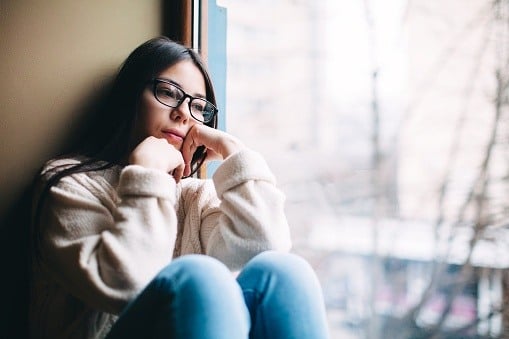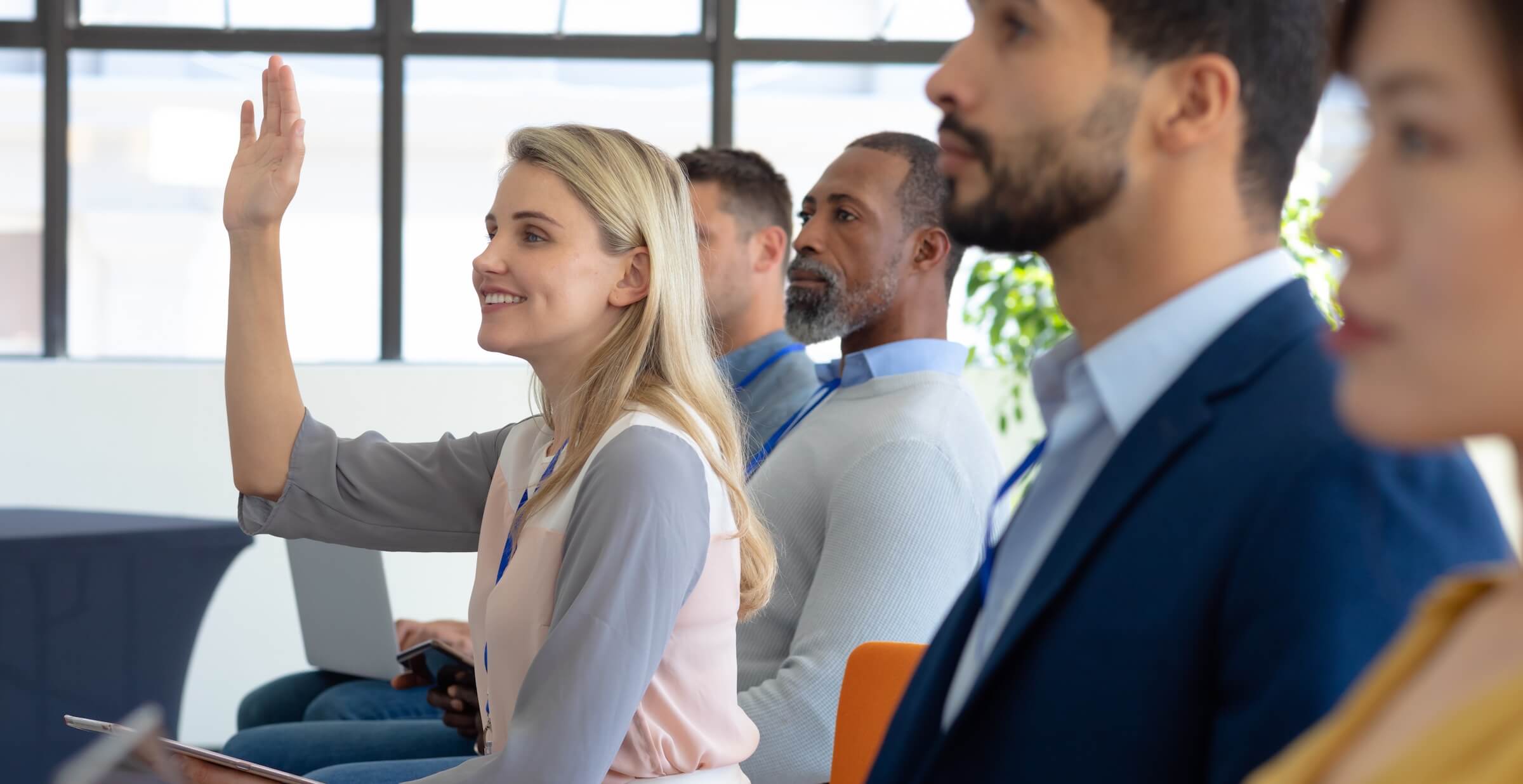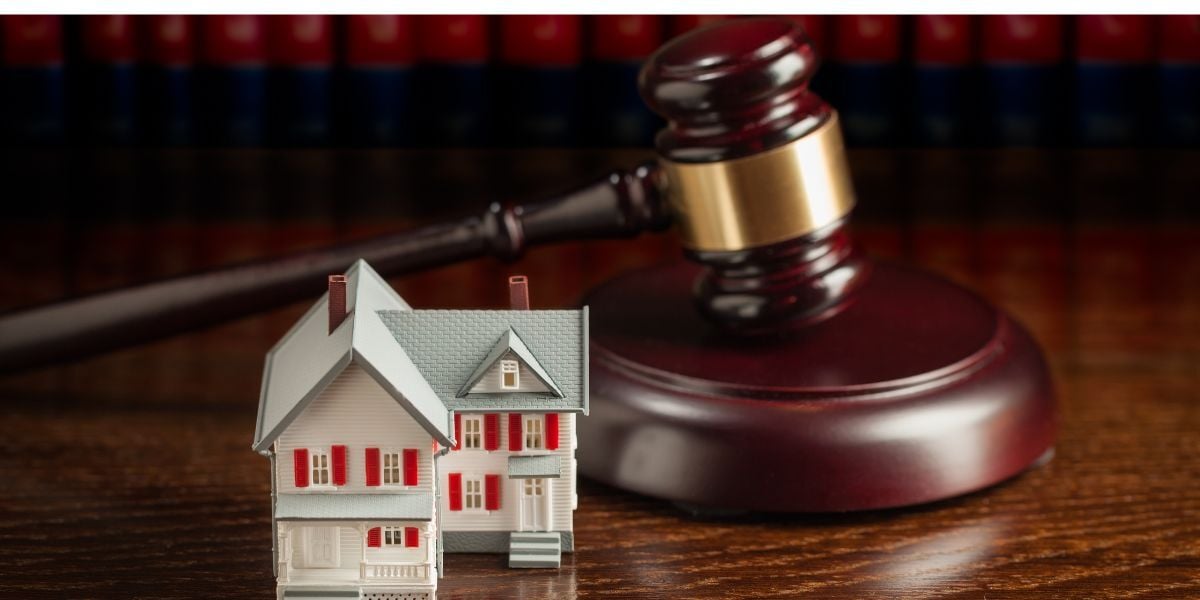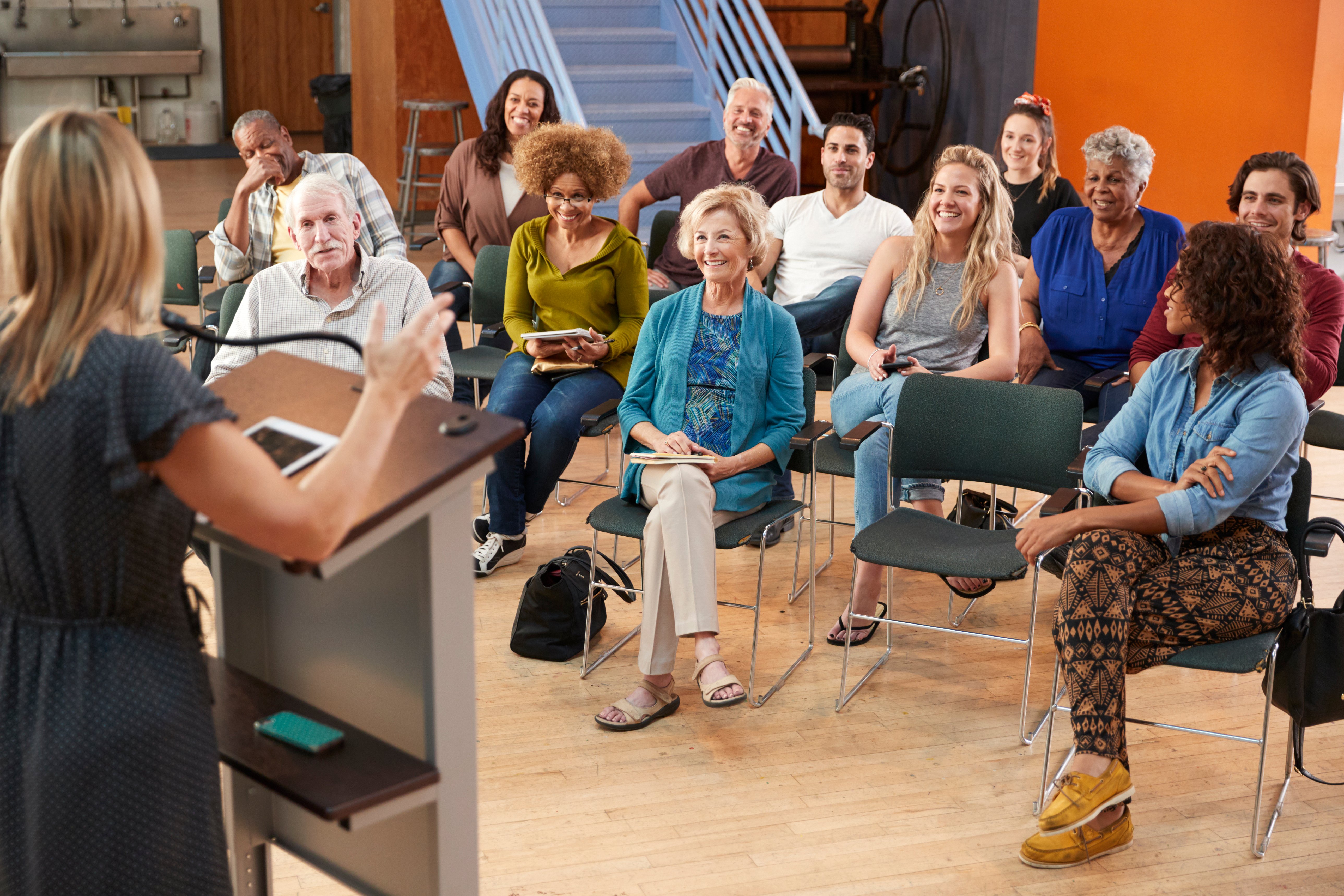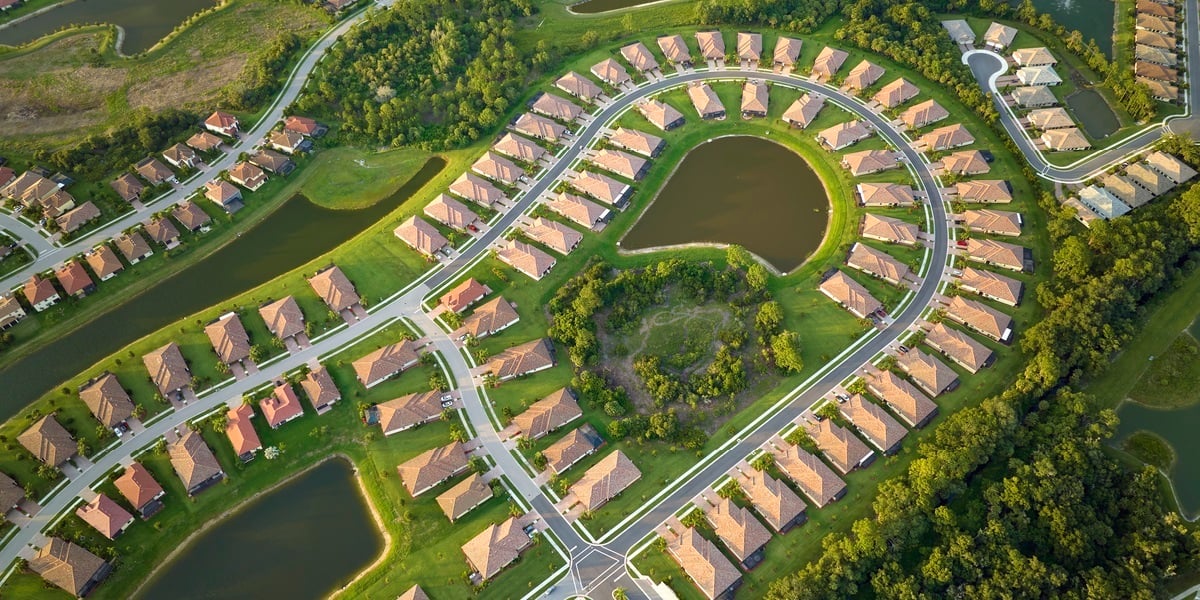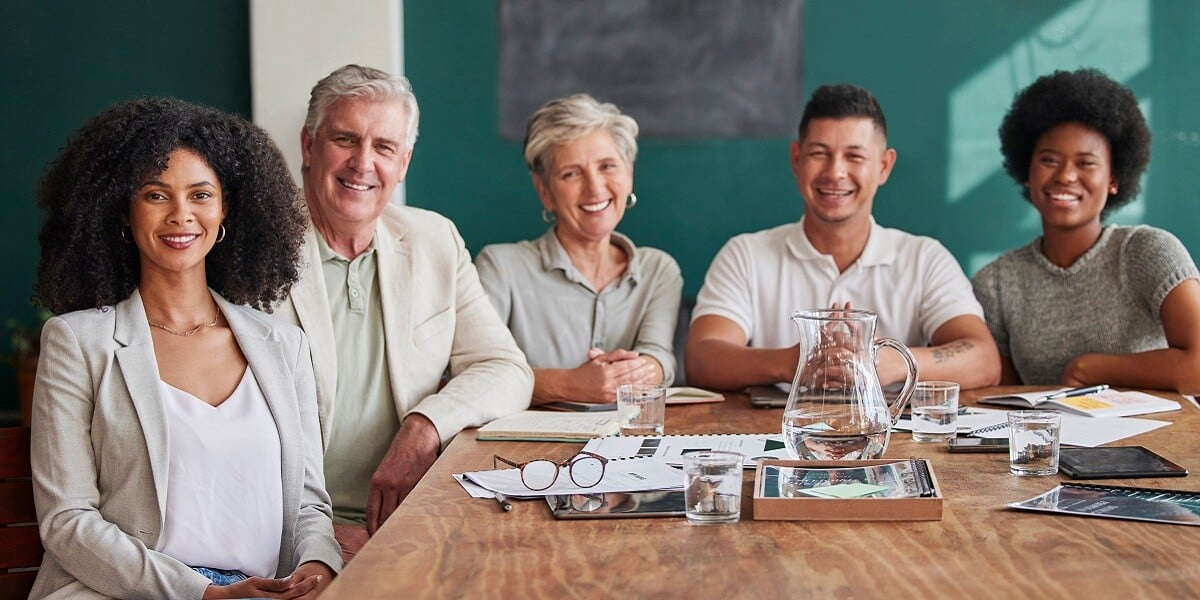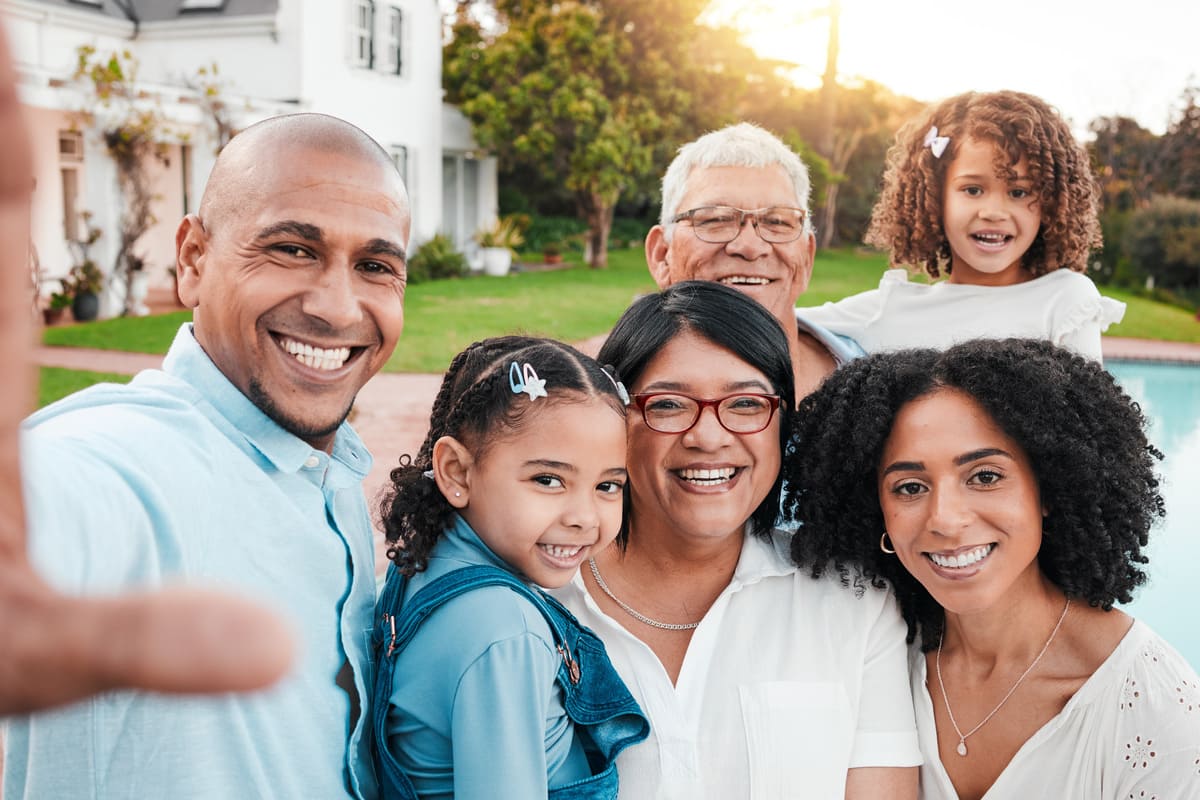 Many homeowners dread the end of summer—sunny days, mild nights, vacations, the beach, ball games, picnics and so much more. Although fall and winter bring holidays, homeowner association gatherings, the warmth of a fireplace and football (actual and fantasy), for many people the winter months mark the return of seasonal depression.
Many homeowners dread the end of summer—sunny days, mild nights, vacations, the beach, ball games, picnics and so much more. Although fall and winter bring holidays, homeowner association gatherings, the warmth of a fireplace and football (actual and fantasy), for many people the winter months mark the return of seasonal depression.
It’s known in medical circles as seasonal affective disorder (SAD), a type of depression that affects a person during the same season each year. If you get depressed in the winter but feel much better in spring and summer, SAD may be the culprit. Symptoms typically start in September or October and end in April or May.
Anyone can be affected by SAD, but it is most common in:
- Women
- People who live in areas where winter days are very short or there are significant changes in the amount of daylight in different seasons.
- People between the ages of 15 and 55; the risk of SAD declines as we age.
- People who have a close relative with SAD. Like many other ailments, genetics can play a role.
Experts are not sure what causes SAD, but they suspect a lack of sunlight, which may upset your sleep patterns. It also may cause problems with a brain chemical called serotonin that affects mood.
Symptoms may include feeling sad, moody and/or anxious; losing interest in your usual activities; eating more and craving carbohydrates, such as breads and pasta; gaining weight, and sleeping more, and feeling drowsy during the daytime.
Treatments
Doctors often prescribe light therapy to treat SAD. There are two types of light therapy:
- Bright light treatment. For this treatment, you sit in front of a “light box” for half an hour or longer, usually in the morning.
- Dawn simulation. For this treatment, a dim light goes on in the morning while you sleep, and it gets brighter over time, like a sunrise.
If you think you might have SAD, try talking with a friend, family member or neighbor in your homeowners association who can help. You don’t have to go through it alone!
